The forgotten ghosts in the depths of West Hall
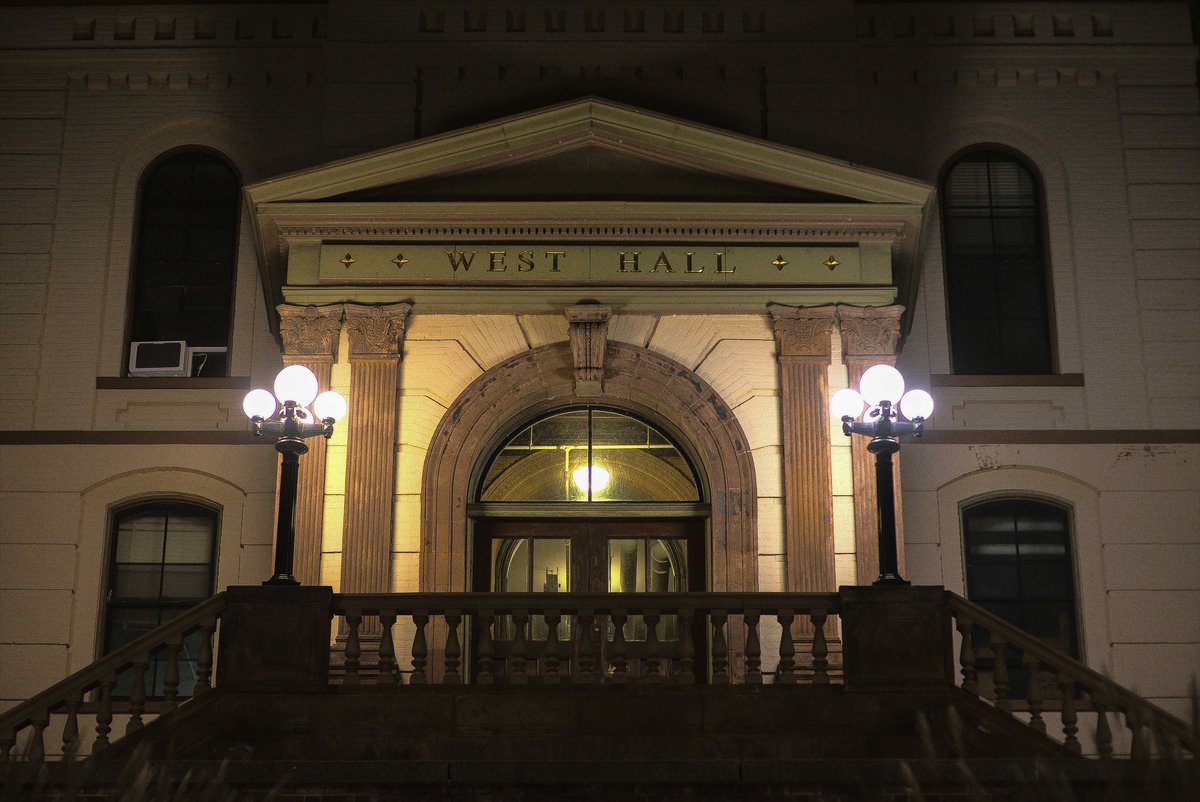
West Hall has a reputation at Rensselaer for its otherworldly, cryptic nature. When I arrived at RPI, one of the first things I heard about campus were the stories of the ghosts of West Hall. Rumor has it that the building was originally a nineteenth century mental asylum before eventually being converted into a building for RPI. Since then, paranormal occurrences have been reported all throughout the premises, and strange happenings were purportedly known to befall those who journeyed too far down into the depths.
I personally didn’t take much stock in it at all, and I don’t think most people did so either. For one thing, it reminded me of a story about a “summoning circle” a few steps above West Hall, which just turned out to be a poorly maintained art project, which really felt more unoriginal than intriguing to me. For another, many reasonably intelligent people would argue that ghosts aren’t real; since the only evidence I’ve seen to the contrary of this comes from the History Channel, I was inclined to believe the former. To me, the building was just another brownish-red cube of bricks which happened to be around a little longer than all the other ones had. Beyond this, I found West Hall’s old-fashioned cast iron elevator with brownish rusted bars at each side of the enclosure intriguing, but not to the degree where I actually considered investigating it for myself. I was too busy trying to convince a group of friends to travel through the tunnels beneath the Jonsson Engineering Center at the time.
Eventually though, I did gain some clarity as to why West Hall had the reputation that it did. The building has a rather unusual air about it, not to mention the strangeness of the layout of the building itself.
During one of its many renovations, West Hall had many parts of the building entirely redone, with walls being knocked down to expand the building. As a result, there are many strange areas where stairways and hallways will suddenly merge together in order to allow easier access to different parts of the building. Many of the stairways which are littered throughout West Hall don’t lead to where you think they would; some of them take you into eerie, dark depths of the building where the wood finishes peel from the ground. You can’t really blame the school though. The building is one of the oldest ones on campus.
I wanted to find out more about West Hall, and since it’s home to so many classes within the HASS department, I reached out to Dean of HASS Mary Simoni. She then directed me to the Getty Campus Heritage Study, conducted for RPI in 2004 as part of a $150,000 Getty Campus Heritage Initiative Grant, awarded to the School of Architecture to study the buildings that comprise the campus in detail. Reading through this study opened my eyes to the complex and eerie history of West Hall.
The settlement of Troy came about shortly after the end of the American Revolution, and, as the town grew, it needed a hospital to support its expanding population. However, upon its construction, the hospital itself was widely viewed as inefficient and poorly constructed—a complaint which has plagued the building ever since. The Reverend Peter Havermans and The Daughters of Charity of St. Vincent de Paul, the people behind the creation and management of Troy Hospital, were highly influential members of the burgeoning medical field in New York and New England. At the time, it was the first hospital north of New York City and had an enormous hand in medical research, from Albany to Castleton, Vermont.
Havermans, who led the movement for the creation of Troy Hospital, was widely known for his devotion to the welfare of all people regardless of class. In response to a particularly spirited group of detractors aiming to curtail the construction of his hospital, Havermans delivered a speech about why the practice of medicine was important:
“They [the poor] are not like animals to die by the way-side. Their suffering are those of rational creatures- of members of the human family—who can realize their situation, and know and feel their distress, and long for relief as well as consolation. And would it not be a sin against god and man obstinately to refuse aid to accomplish such a purpose?”
This sentiment resonated with the hearts of many living within the town of Troy. Embodying many of the ideals of egalitarianism which defined early American history, as well as speaking to an ancient ideal of Western medicine deriving from the physicians of ancient Greece: that one should treat the ill, regardless of class.
However, the hospital itself was far from adherent to these Hippocratic ideals. Illness was far less understood than it is in the modern day. Many physicians still held onto medical practices such as bloodletting, cupping, purging, and excoriation or scarification, which often resulted in chronic damage and great physical pain for the patients. The physicians working within Troy Hospital often believed negative things about the people they were charged with caring for. Illness was often seen as being caused by the amoral actions of those afflicted, so doctors felt no qualms about subjecting their patients to highly experimental procedures. Many patients were slowly poisoned to death by unregulated dosages of toxins such as mercury and arsenic, as the often-untrained doctors held the belief that it was the only and most appropriate way to cure their most gravely ill patients.
As time went on, however, the hospital as a whole improved steadily, both socially and financially. After burning down in the mid-19th century, it was rebuilt along with the rest of the city by Frederick Cummings, a prolific architect who gave the building a refined European finishing, which brought an air of refinement to the establishment. The wealthiest and most well-connected residents of the city depended on the establishment for treating their ill. As time went on, their medical practice became more and more refined and modernized.
The beginning of World War I, however, undid this work and resulted in the slow decline of Troy hospital as a whole, due to the enormous volume of medical expertise required during The Great War. This forced the purpose of the institution to change rather quickly, so the Catholic nurses who had once been tasked with caring for the infirm were now searching for any way in which they could contribute to the local economy; without physicians many nurses found themselves unable to find work at the hospital.
Without a steady flow of doctors and patients, the hospital amounted to a financial hole in the ground. The owners made multiple unsuccessful attempts to sell off the land before the building was eventually sold by the Daughters of Charity to the Troy Diocese and converted into a Catholic high school. The Daughters of Charity sold the building to a man named Bishop Gibbons at a price of $30,000; he then deeded it to the high school for a single dollar. Upon receiving the building, the Troy Diocese spent $250,000 dollars refurbishing the building and making it more suitable as a high school adding amenities like lockers, bookshelves, and water fountains. Troy Catholic Central High School still exists to this day, but was moved to a different address after the initial land was bought out by a larger institution.
I’ll give you one guess which institution that was.
In the days after the end of World War II, for the first time in American history, millions of Americans had cheap, easy access to higher education. Additionally, the post-war period created a flood of investment all throughout the United States. The remains of German, Japanese, and British manufacturing were, at this point, leveled to the ground. American engineers were tasked with the reconstruction of most of the industrialized world, and RPI was one of the institutions which helped train future engineers in this task. RPI’s enrollment boomed from just 932 students to over 4,438 students in 1948. While this was great for the overall health of the institution, the campus required an enormous amount of space if it wished to maintain this growth in prestige.
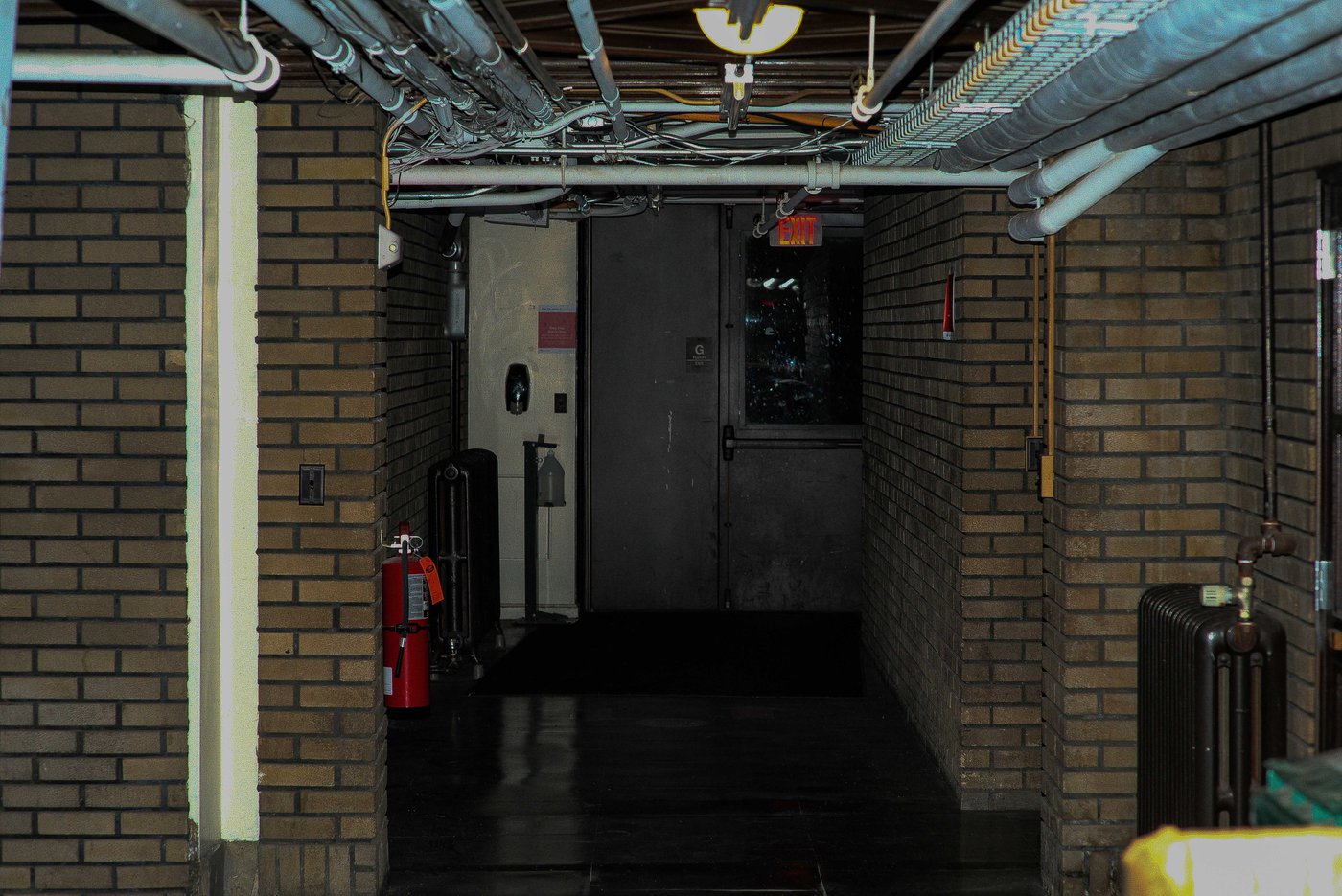
The Troy Diocese approached RPI, looking to sell the building. The institution obliged and, with the help of federal loans, made purchase of the building. West Hall was renovated once again, revamping facilities like the heating and electrical systems. As RPI performed more analysis on the building, they realized that it was quite limited in its capacity for use. The building is extremely old, and, whenever there were attempts to fix one problem, two others seemed to spring forward to take their place. Because of the constant repairs, Rensselaer was hesitant to place many of its engineering classes in that building, and instead opted to make West Hall the center for those seeking a liberal arts education while at the Institute. However, due to RPI’s reputation as an engineering school, this caused the building to be rather underused. West Hall’s neglect only made the building seem more mysterious. A janitor in West Hall, Sue Ellen Cummins, reported seeing and hearing strange things during their long shifts down in the building. Rumors spread of the ominous “Nurse Betsy,'' a nurse of Troy hospital whose unfinished business caused her otherworldly essence to be chained to the grounds of West Hall (all those people who died of mercury poisoning apparently didn’t make the cut).
The history of West Hall is like the history of most old buildings: conflicted. It has housed so many great triumphs of medicine and architecture, but many of the missteps of the times still cast long shadows on the building even to this day. Ultimately, the real ghosts of West Hall are not disgruntled syphilis patients or overly attached Catholic nurses. It’s the series of choices made by those who came before that shaped the way things are today.

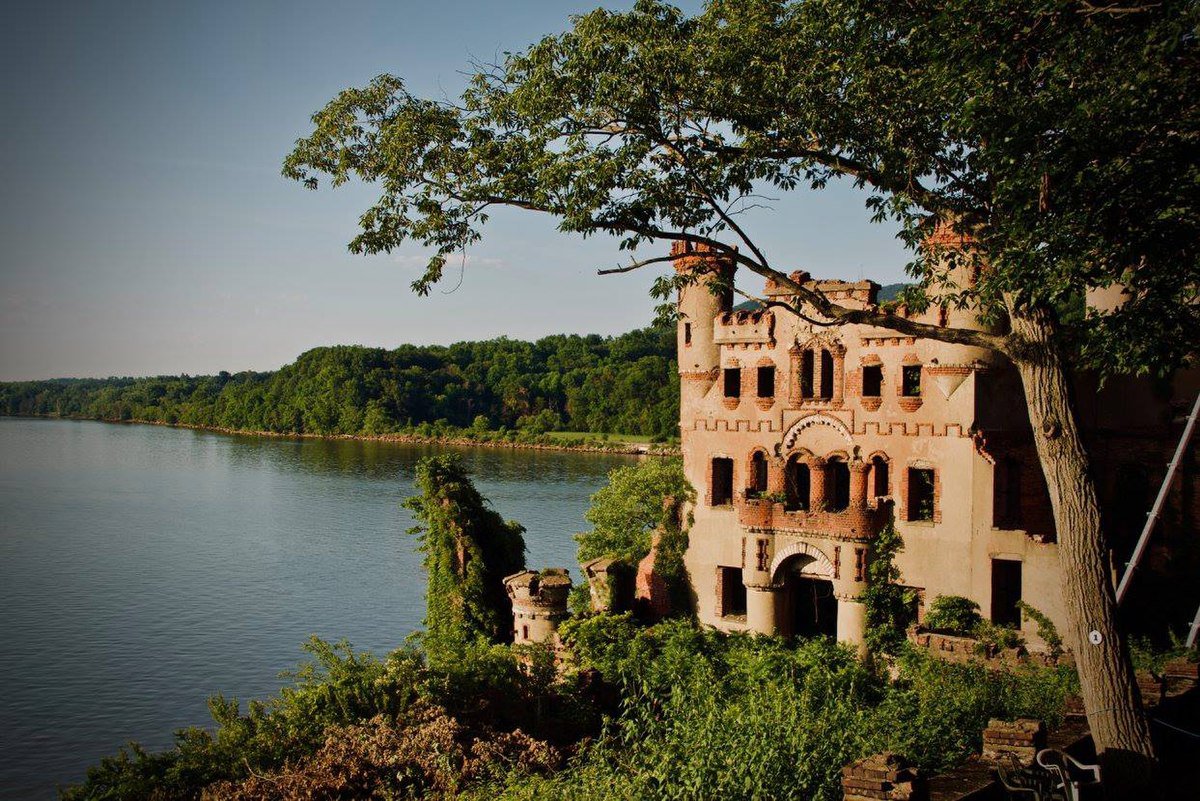 Lesser-Known Locales
Lesser-Known Locales
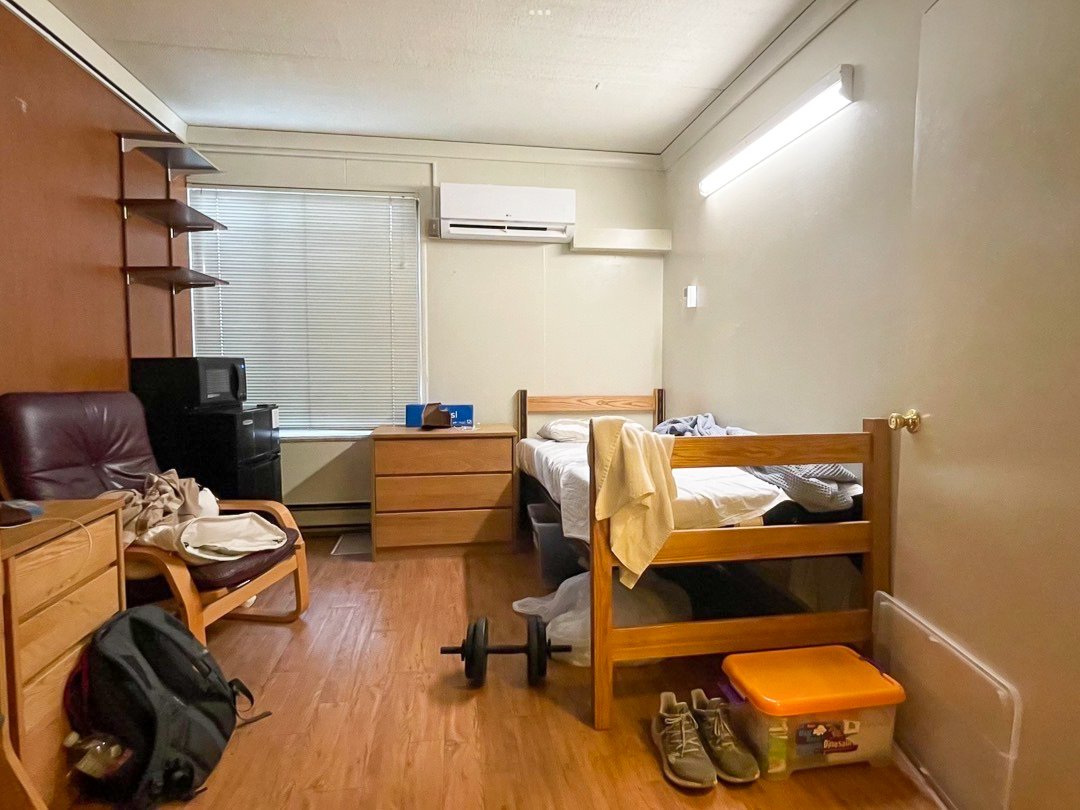 COVID-19
COVID-19
 Album Review
Album Review
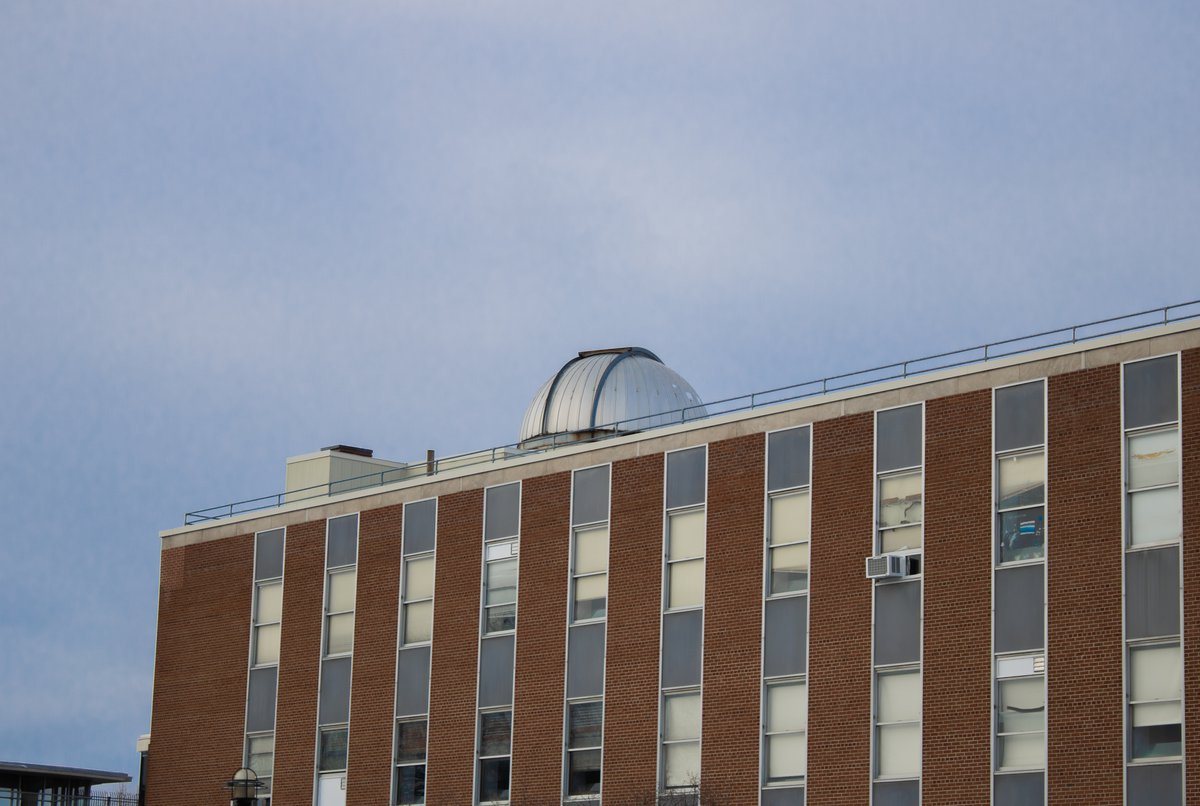 Club Spotlight
Club Spotlight